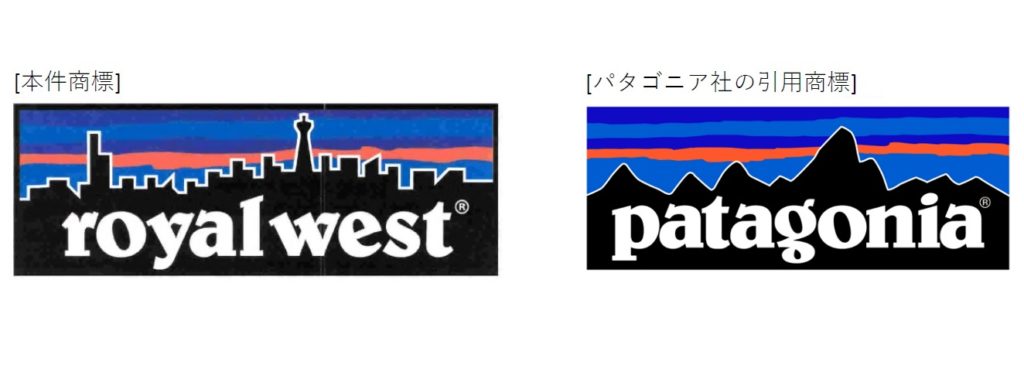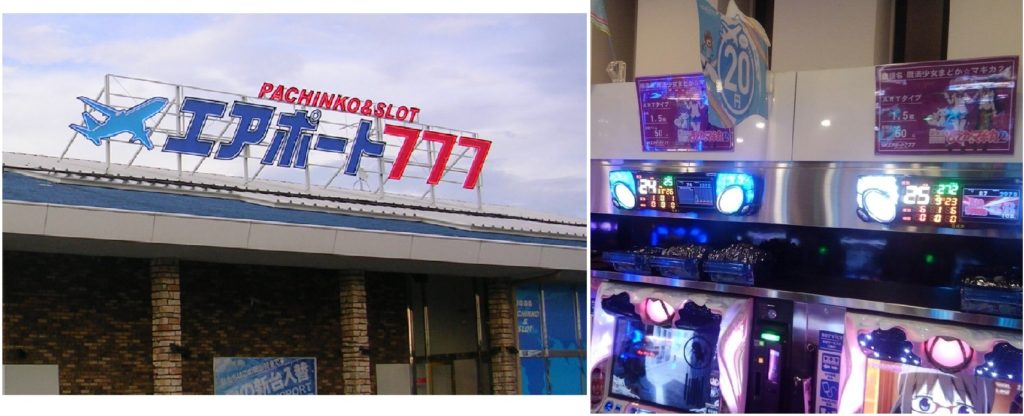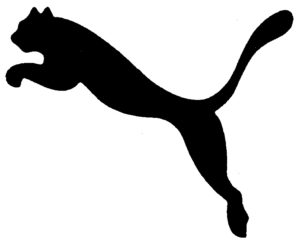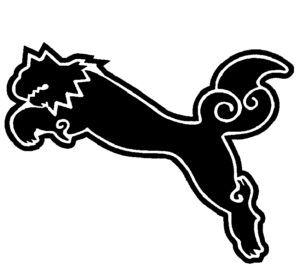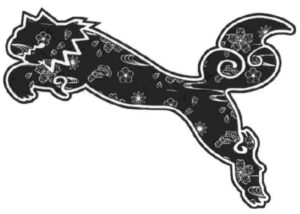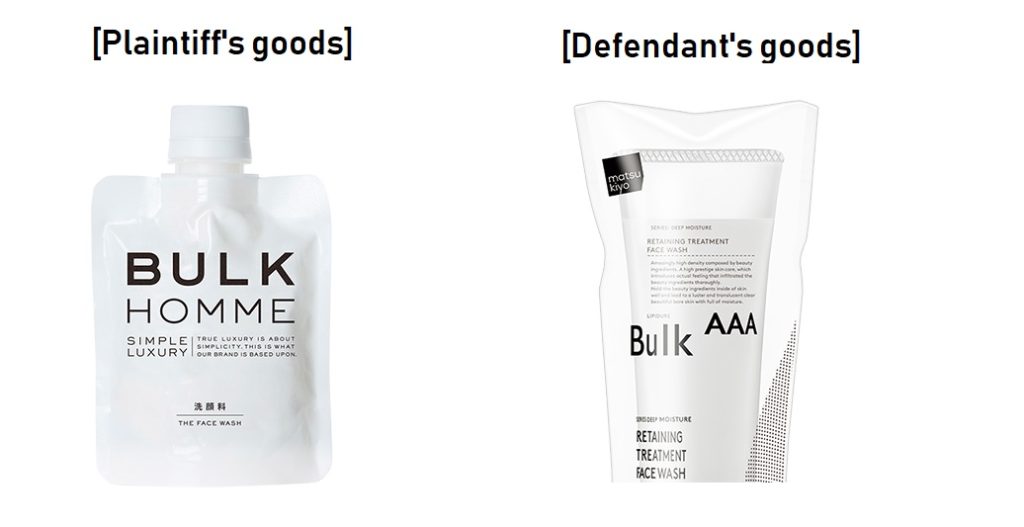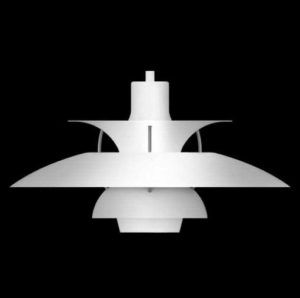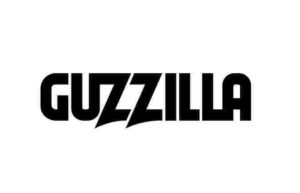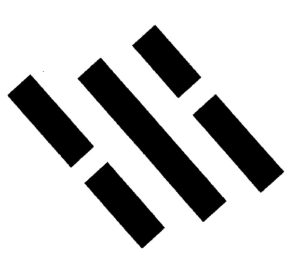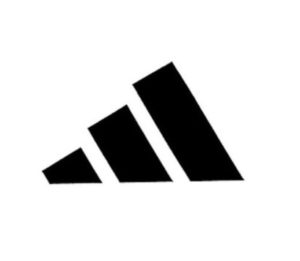On August 1, 2019, the Japan Patent Office (JPO) decided to invalidate trademark registration no. 5861923 for composite mark consisting of a word “KUMA”, which means ‘bear’ in Japanese, and the bear device by finding a likelihood of confusion with a world-renowned sports brand, PUMA and detrimental effect to public policy or morality.
[Invalidation case no. 2019-890001]
KUMA device mark
Disputed mark (see below) was filed on January 7, 2016 by a Japanese business entity in Hokkaido, Japan’s most northerly main island, an otherworldly volcanic land with eastern Asia’s highest concentration of brown bears, over various goods in class 25 including sportswear and shoes.
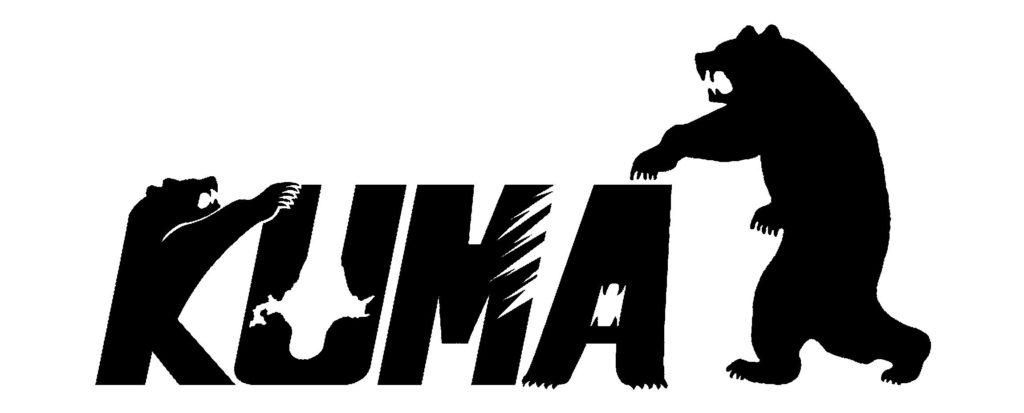
Precedently, applicant applied for registration of following trademarks, consist of four alphabets in bold font and an animal silhouette facing left depicted in the upper right of the alphabets, on goods in classes 9, 14, 16, 24, 25 and 28, but in vain.

“UUMA” means ‘horse’, “BUTA” means ‘pig’, “KUMA” means ‘bear’ in Japanese. It is obvious that both literal element and figurative element of respective mark give rise to a same meaning, which is the same for PUMA.
It is likely the applicant intended to use these marks on souvenirs from Hokkaido since we get accustomed to see scenes at a famous tourist spot that T-shirts and other small items displayed at gift shops parody famous brands by featuring local specialty to attract tourists for fun.
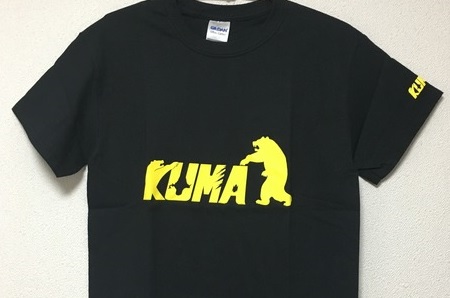
PUMA’s Opposition / Invalidation Trial
On September 26, 2016, PUMA SE filed an opposition against the KUMA mark based on Article 4(1)(vii) and 4(1)(xv) of the Trademark Law. PUMA argued relevant consumers or traders are likely to confuse or misconceive a source of disputed mark with PUMA when used on designated goods in class 25 because of a high reputation and close resemblance between PUMA logo and the KUMA mark.
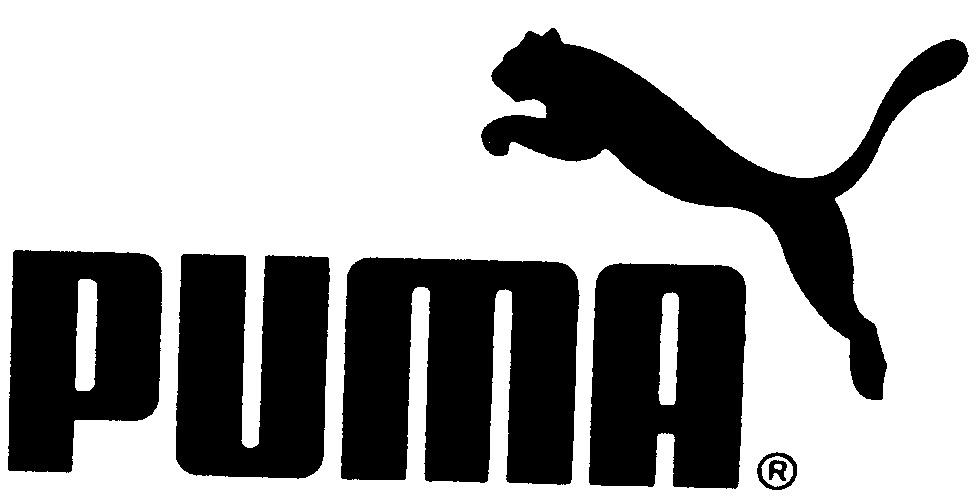
The Opposition Board admitted a high degree of popularity and reputation of PUMA logo, however, the Board dismissed the opposition entirely due to unlikelihood of confusion as a result of low degree of similarity between the marks (Opposition case no. 2016-900308).
Subsequently, PUMA SE entrusted the case to MARKS IP LAW FIRM. On New Year’s Eve of 2018, MARKS IP LAW FIRM on behalf of PUMA SE requested for an invalidation trial and sought to annul the KUMA mark on the same grounds.
Invalidation Decision
The Invalidation Board reversed the opposition decision and decided in favor of PUMA by finding that:
- PUMA logo has been continuously famous as a source indicator of PUMA in connection with sports shoes, sportswear and others among relevant consumers and traders in Japan.
- Configuration of PUMA logo looks unique, creative, and impressive in itself.
- Regardless of visual difference in detail between the marks, overall impression of both marks is quite similar.
- Given close association between designated goods in class 25 and PUMA business, relevant consumers of the goods with an ordinary care are likely to confuse its source with PUMA
- Besides, it is presumed the current registrant of disputed mark was knowingly assigned a similar KUMA mark that applicant had a fraudulent intent to free-ride and dilute PUMA’s goodwill.
- If so, current registrant must have filed disputed mark with a fraudulent intention to dilute or do harm to PUMA’s goodwill given a close resemblance of between disputed mark and a rejected KUMA mark (see above right).
Based on the foregoing, the JPO decided to invalidate disputed marks based on Article 4(1)(xv) as well as 4(1)(vii) of the Japan Trademark Law.

